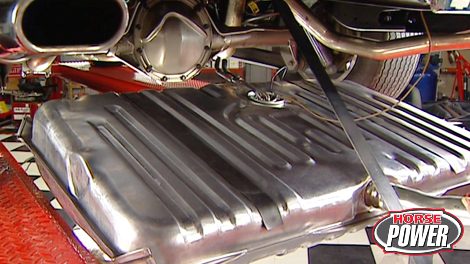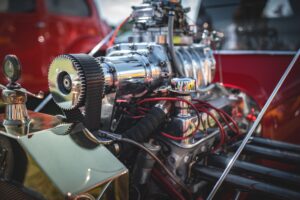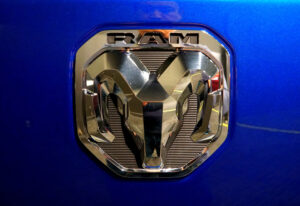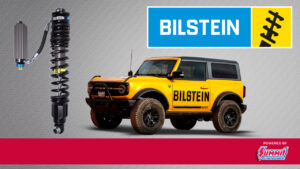
Chevelle Gas Tank Swap
Joe’s Project Nightmare gets a new set of high performance brakes from Roush Racing, featuring massive 14-inch front rotors, four-piston calipers and state-of-the-science brake pads. Joe and Mike will test the results at a local strip with unbelievable results. Plus, Chuck shows you how to easily make a fuel tank swap that keeps an original muscle car concourse correct.
Season 8
Episode 6




























